The Sights, Sounds And Realities That Only Butchers Experience
“[Butchery] is about respect. It’s not [like] the movie ‘Saw.’”
That’s according to butcher Kate Kavanaugh, the founder and CEO of Western Daughters, a whole-animal butcher shop in Denver. After speaking with butchers and chefs across the country, it’s clear that a lot goes on behind the scenes at a butcher shop.
The process of breaking down an animal is hard work, requiring skill and precision. The butchers who work with meat have a different type of respect for the life that a cow, pig, lamb or chicken gave so that we could eat. “You get this unique opportunity as a butcher to see an animal from the inside out, and to see the life that they led in reverse,” Kavanaugh said. “You get to see the product of how they were raised on the farm or ranch they came from. You can see that in the fat and the color of the meat.”
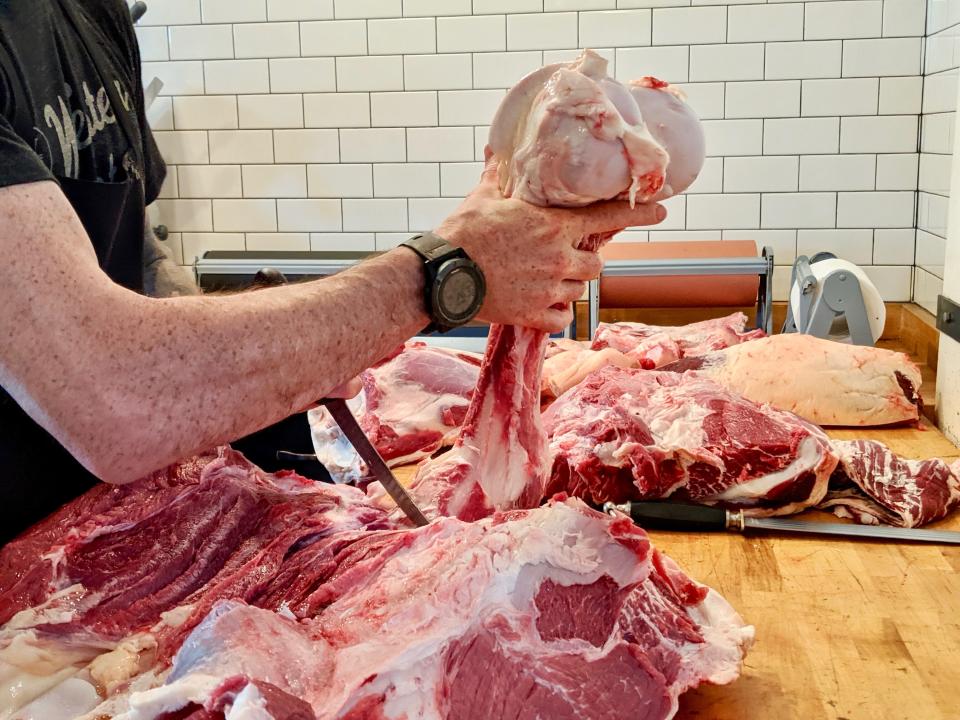
Most people are completely disconnected from the food they eat, and it’s not entirely their fault. “During World War II, we came up with all these ways to feed the troops,” said butcher Rusty Bowers, owner of Atlanta’s Pine Street Market. “We started to factory-produce our food in order to feed everyone. We removed ourselves from the farm and from seeing what happens there.” After the war, we continued to eat this way. Meat wasn’t sourced from an animal raised on a nearby farm, it was a uniform block of protein from an undisclosed location, served on a tray.
But thanks in part to butcher shops like Western Daughters and Pine Street Market, which focus on whole-animal butchery and sourcing from farms that humanely raise animals and employ sustainable practices, more people are connecting to what they’re eating.
And to help you connect a little better, these are some of the sights, sounds and experiences you’ll find in a butcher shop, in the butchers’ own words.
Between the saws and the popping, butchery is loud.
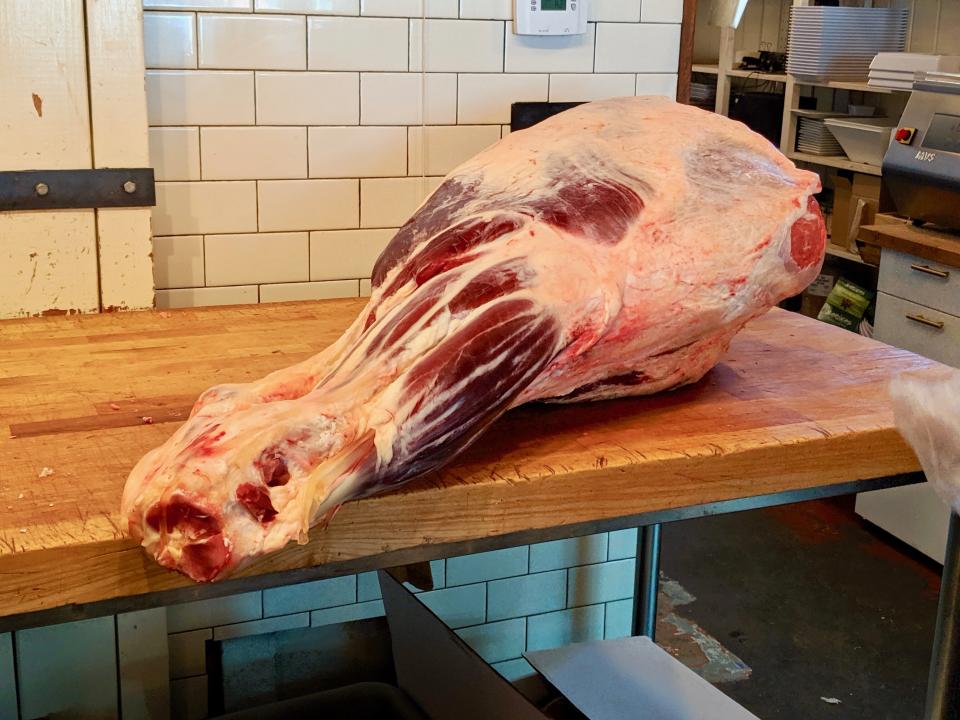
“There are tons of sounds! There’s a lot of popping. If I have a hog on the table, I’ll move its shoulders and legs to the edge to pop a joint so I can work my knife between that joint. I use my hands to find the seams to the meat and pull where I can. The sound of that is like if you had two pieces of Saran Wrap together and were pulling them apart. Or if Saran Wrap were on a counter and were stuck and you were lifting it. That ‘seal breaking’ sound.” ― Michael Symon, Food Network personality and chef/owner of Mabel’s BBQ in Las Vegas
Butchers break a major sweat.
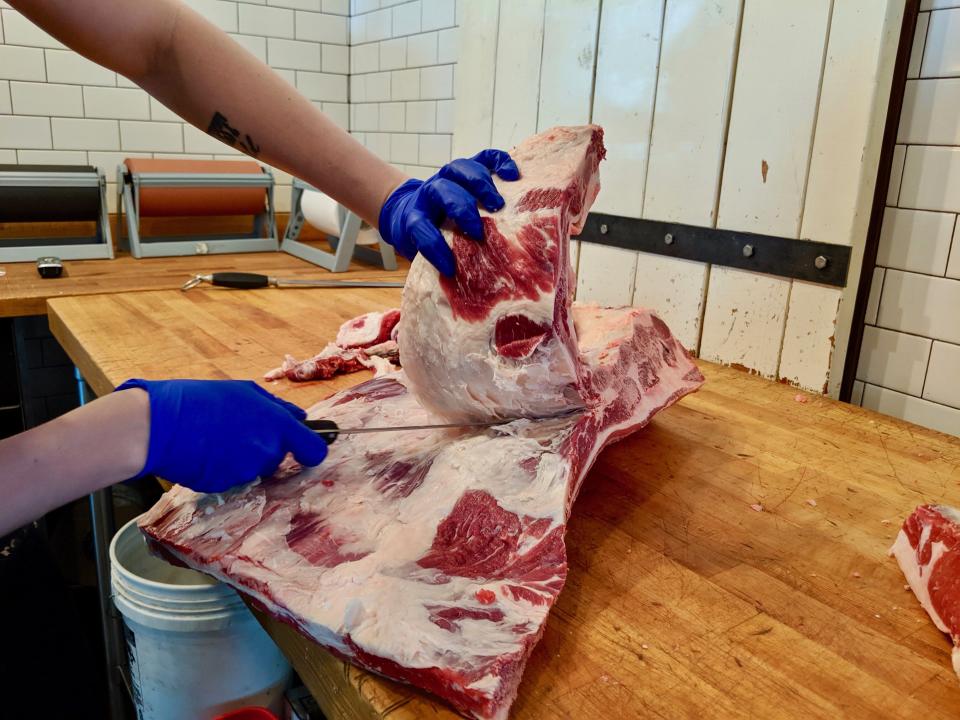
“It’s physical. The pieces can be anywhere from 45 to 60, 70 pounds each. And the saw is unforgiving. You have to be very careful of your fingers and respectful to the process itself. It’s meditative when you’re doing it. You’re very focused. It’s soothing, in a way.” ― Adam Perry Lang, bestselling cookbook author, butcher and owner of APL Restaurant in Los Angeles
“I’ve learned from great butchers about using gravity. You’ve got a meat hook and a handheld hook that makes you look like Captain Hook when you’re holding it. Use that hook and let the heavier part of the beef work with you and the knife, so [the meat is] pulling away. You’re using gravity to lean in to pop joints or pop ankles to get them separated. Especially sawing through and separating the baby backs from the spare ribs, I’ll sometimes break a sweat. [Butchers have] developed that muscle memory and that rhythm, and you kind of know what’s coming up. To me, it’s like people who run marathons. They’re not thinking step step, run run. They’re just going. Sometimes that’s how it is to us. You’re in the middle and you’re just going. I love it.” ― Bowers
Intestines and organs are everywhere, and they’re no big deal.
Love HuffPost? Become a founding member of HuffPost Plus today.
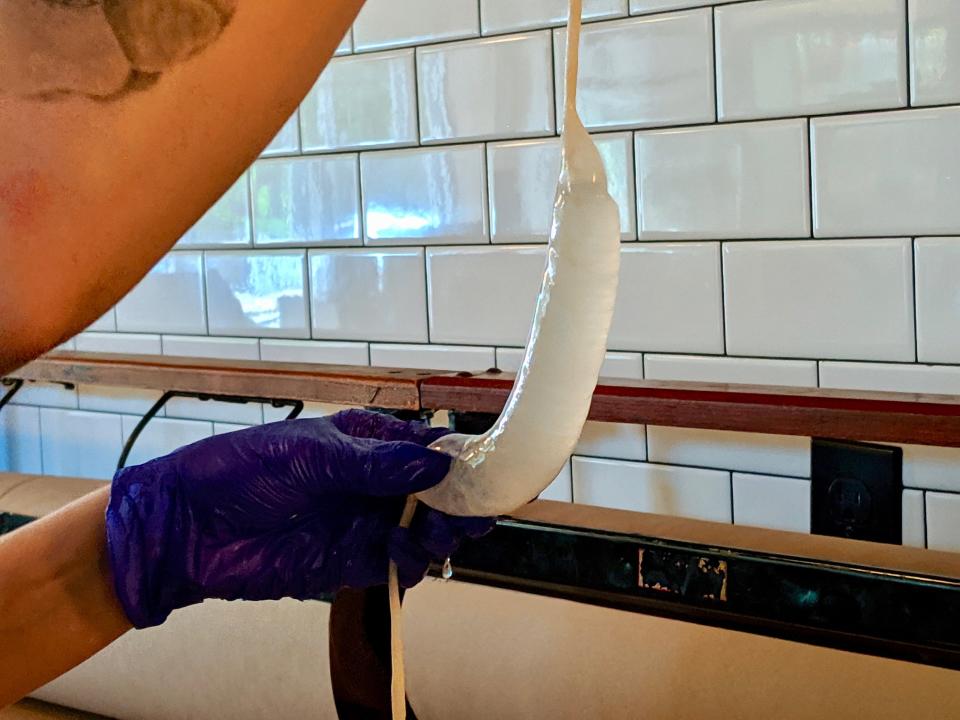
“These have been thoroughly cleaned and processed; the insides have been scraped. It’s just the outer casing that’s left. When we receive them, they’re packed in salt. I love working with sausage casings, it’s tactile and fun. We soak them in water and load them onto the horn to stuff sausage ― it’s like a shoe horn. You get a little water on there that lubes up the inside, you put it on the horn and then you stuff it full of meat.” ― Kavanaugh
“In our sausage-making classes, people will go, ‘Ew, these are intestines.’ And I’ll say, ’We’ve been eating this for centuries.” And they go, “Oh, right.” We’re so used to a styrofoam tray of meat that we don’t stop and think, ‘We should be eating intestines and chicken liver.’” ― Bowers
Animal heads are never to be wasted.
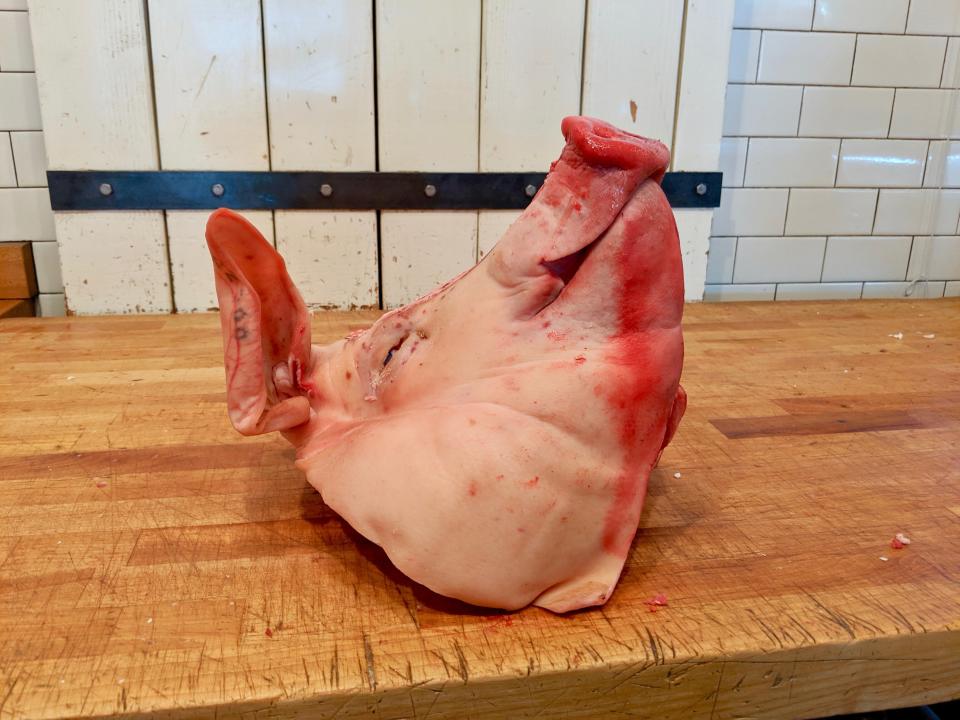
“Years ago, I did a whole hog porchetta with the head on ... and I took a picture of it for social media. People went ballistic. They got upset. And when I was talking with people, I asked, ‘Do you eat pork?’ ‘Yeah, I eat pork.’ ‘So you think this animal runs around the world without a head?’
“My mom’s mom was Sicilian. She made Sunday sauce. What was available at the butcher shop that day went into the sauce. Sometimes it was a whole pig’s head. After it was cooked for hours, she pulled the meat off, put it back in and that was that. You could open a pot at her house and see a head. I saw it a lot as a child, so I don’t think it freaked me out as an adult.
“I don’t know why it freaks people out so bad. It’s a disconnect from what they’re eating to what it is, and I guess they don’t want to think about it. I prefer to think about it because it makes me respect it more and not waste it. And it makes me more self-aware of what’s going on in the world a little bit.” ― Symon
“We use the jowls for guanciale. The pork cheeks are underneath the jowls. We turn the ears and snouts into dog treats here, but people also use it for coppa di testa ― head cheese is one of the more refined dishes [you can prepare].” ― Josh Curtiss, butcher and co-owner of Western Daughters
“When you’re looking at an animal head, you’re literally facing your decision as a consumer to eat meat. You’re seeing that it was another life. We see that represented in the face and eyes. I think that can be something that makes you consider your role in a hierarchy of a food chain. And I think it makes you confront philosophical questions about that.” ― Kavanaugh
Related Coverage
Are Meat Sweats Real, And Can You Make Them Stop?
How To Make The Best Burgers, According To Experts
Also on HuffPost
The Grilled Salad
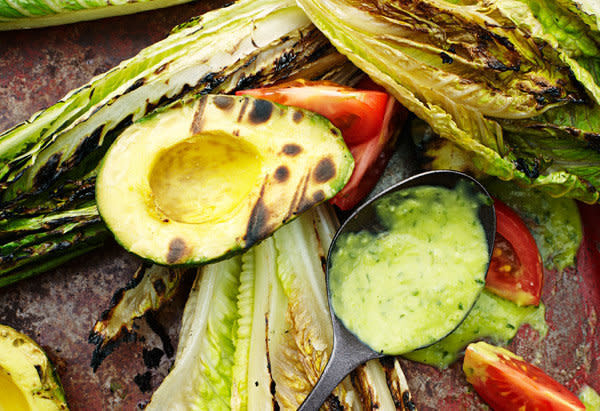
The Breakfast Pasta
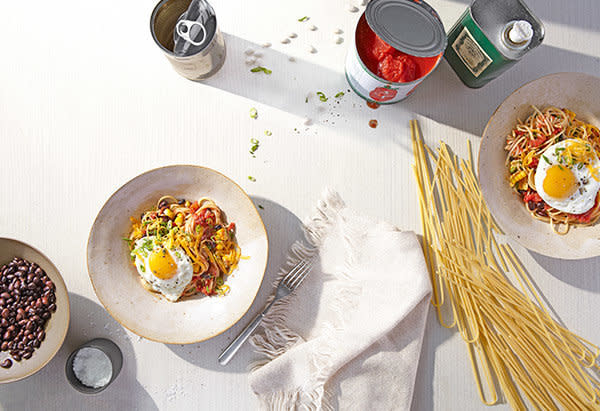
Yes, We Said It: Portobello Mushroom Sandwiches
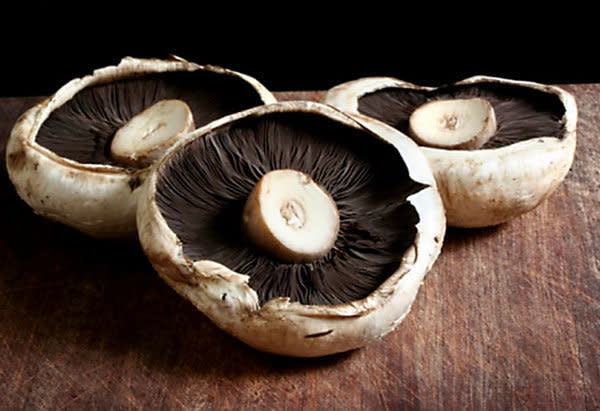
A Lightened-Up Middle Eastern Classic
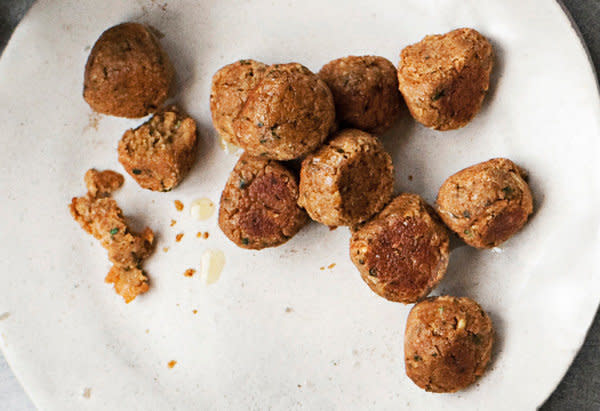
Pizza Without A Blisteringly Hot Oven
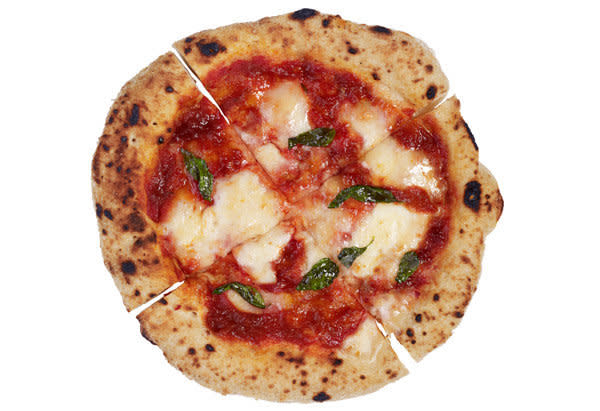
Better-For-You Noodles
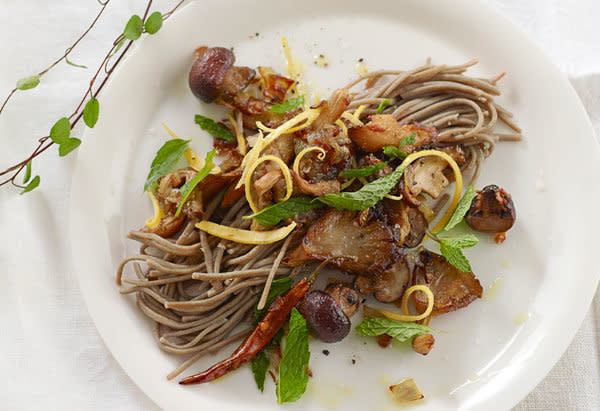
This article originally appeared on HuffPost.
